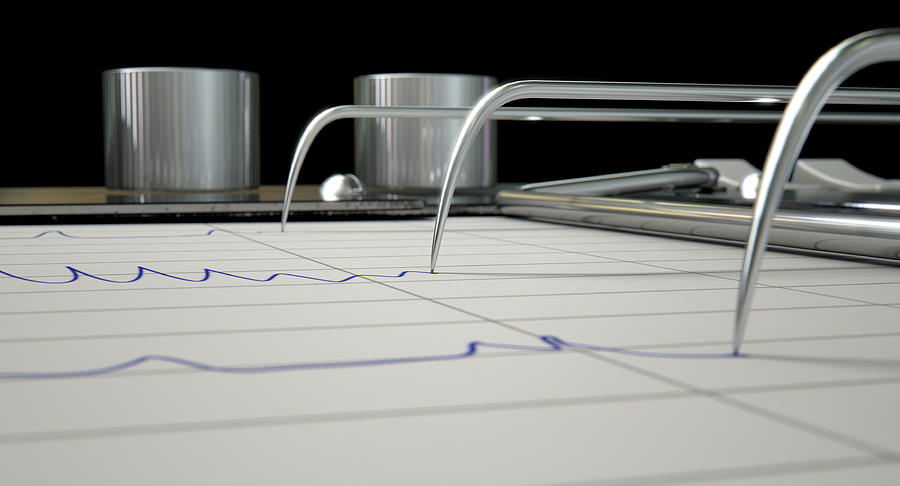Unveiling the Truth: The Inner Workings of Lie Detector Tests
Unveiling the Truth: The Inner Workings of Lie Detector Tests
Blog Article

In a world where truth can sometimes be elusive, lie detector tests have emerged as a tool to help uncover hidden deceptions. These tests, also known as polygraph examinations, are designed to measure physiological responses that may indicate when someone is being deceptive. The use of lie detectors has sparked debate and fascination, with many questioning their accuracy and reliability. Despite the controversy surrounding them, these tests continue to play a significant role in various fields, from criminal investigations to employment screenings. Let's delve deeper into the inner workings of lie detector tests and explore how they aim to reveal the truth hidden beneath the surface.
History of Lie Detector Tests
The history of lie detector tests dates back to the early 20th century. The first polygraph machine was invented by John Augustus Larson in 1921. Larson's device measured changes in a person's blood pressure, pulse, respiration, and skin conductivity when being questioned, aiming to identify signs of deception.
The use of polygraph tests gained popularity in the mid-20th century, particularly in law enforcement and government agencies. Despite initial skepticism about their accuracy and reliability, lie detector tests became an integral tool in investigations, screenings, and interrogations.
Over the years, advancements in technology have led to more sophisticated polygraph machines that provide enhanced precision in detecting physiological changes associated with lying. Although the validity of lie detector tests remains a topic of debate, they continue to be utilized in various settings around the world.
How Lie Detector Tests Work
Polygraph
Lie detector tests, also known as polygraph tests, operate on the principle that physiological changes that occur when someone is being deceptive can be measured and analyzed.
During a lie detector test, various sensors are attached to the person being tested to monitor physiological responses such as heart rate, blood pressure, respiration, and perspiration levels.
These sensors record the individual's reactions to a series of carefully constructed questions, allowing the examiner to analyze the data and determine if there are signs of deception based on the physiological responses detected.
Reliability and Limitations
Lie detector tests are not foolproof. While they can be a useful tool in determining truthfulness, they are not always accurate. Factors such as an individual's emotional state or mental health can impact the results of the test, leading to potential errors.
Another limitation of lie detector tests is the susceptibility to manipulation. Skilled individuals may be able to deceive the test by controlling their physiological responses or using countermeasures to mask signs of deception. This highlights the importance of using lie detector tests as just one part of a larger investigation process.
Despite these limitations, lie detector tests can still provide valuable insights when used alongside other investigative techniques. By understanding the strengths and weaknesses of these tests, professionals can make more informed decisions when interpreting the results and drawing conclusions in various scenarios.
Report this page